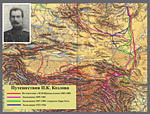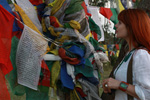Tibet and Russia: Diplomatic Contacts
September 8, 2014
Review by Dr. Nawang Rabgyal
RUSSIA AND TIBET: A COLLECTION OF DOCUMENTS FROM ARCHIVES OF FOREIGN POLICY OF RUSSIAN EMPIRE
Chief Editors: E.A. Belov and L.C.Efimova
Publisher ” Oriental Literature”
Moscow, 2005, pages 232
The Russian Academy of Sciences’ branches in Moscow of the Institute of Oriental Studies and Institute of Far East had jointly compiled and published the documentary study of the diplomatic contacts between Tibet and Russia in the early 20th century during the reign of the Great 13th Dalai Lama and Russian Emperor Nicholos -II.
The compiled book in Russian consists of 122 original documents from Russian Foreign Policy Archives, including correspondences between the 13th Dalai Lama and Russian Tsar Nicholos-II, reports and letters from Russian diplomatic representatives and agents in Beijing, Urga (Ulan Baator in Mongolia), Calcutta and London. The collected documents deal with scarcely explored pages in the history of international relations in Central Asia and Far East. These documents exhibit the significance of Tibet in Russian foreign policy. It also touches on the features of Tibet’s relationship with China and Great Britain and attempts to consolidate Tibet’s independence.
The documents describe the significant role played by Agvan Dorjiev (Ngawang Dorjee, Tsanshab – dialectical debate partner – of the 13th Dalai Lama) in establishing diplomatic contacts between Tibet and Russia. In 1901 Tsanshab Ngawang Dorjee, appointed by the 13th Dalai Lama as Tibet’s Special Envoy, was received by Tsar Nicholos II at St. Petersburg. According to Odessa News Report, “Agvan Dorjiev’s visit (to the capital of Russia) was aimed at furthering the goodwill between Russia and Tibet, and on the agenda of the talks with Russian Foreign Minister was the question of establishing a permanent Tibetan Mission in St. Petersburg”. In 1905 the construction of the Buddhist Temple (named Kun-tse-Chos-Ling Datsang) was started in St. Petersburg with major financial contribution from the 13th Dalai Lama and it was consecrated by Tsanshab Ngawang Dorjee on August 10, 1915, when the Tibetan national flag was hoisted in the capital of Russia along with flags of Russia and Mongolia.
* * *
Also, the history of diplomatic contacts between Tibet and Russia in early 20th century was covered by three prominent Russian scholars in their books, as below:
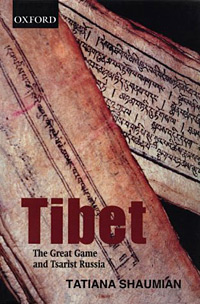
|
«Tibet: The Great Game and Tsarist Russia»
by Dr. Tatiana L. Shaumian.
Published: Oxford University Press, 2000, pages 223. |
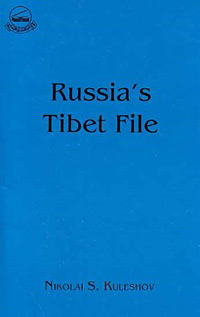
|
«Russia's Tibet File»
Nikolai S Kuleshov.
Publisher: Library of Tibetan Works & Archives, Dharamsala, 1996, 144 pages |
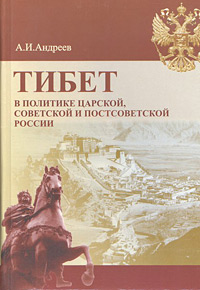
|
Soviet Russia and Tibet, The Debacle of Secret Diplomacy, 1918-1930s
Dr. Alexandre Andreyev.
Publisher: Brill's Tibetan Studies Library, 2003, 434 pages |
The historical, cultural and spiritual contacts and connection between the peoples of Tibet and Russia were established in the 17th century, when the Tibetan Buddhism began to spread to Russia’s region of Lake Baikal and Volga, where Buryats and Kalmyks migrated and settled down there. The Imperial Russia was the first European country that had diplomatic contact with independent Tibet in the early 20th century.
Dr. Nawang Rabgyal
is Representative of His Holiness the Dalai Lama to Russia and CIS.
By:
www.tibet.net
![]()
![]()
![]()
![]()




